Unlock the magic of saffron with these 5 expert techniques for premium cooking results. From proper infusion to strategic pairing, these secrets transform ordinary dishes into extraordinary culinary experiences.
Here's how to master saffron in your kitchen:
- Infuse in Liquid First – Soak threads in warm water, broth, or milk for 15–30 minutes to release color and flavor.
- Use Whole Threads When Possible – Ground saffron loses potency faster than whole threads.
- Don't Overheat – Add saffron near the end of cooking to preserve flavor and color.
- Pair with Citrus – Lemon zest or orange complements saffron beautifully.
- Use Sparingly – A little goes a long way. Start with a pinch and adjust.
| Type | Origin | Color Intensity | Aroma Strength | Price Range |
|---|---|---|---|---|
| Super Negin | Iran | Deep Red | Strong | $$$$ |
| Coupé | Spain | Mixed Red-Orange | Moderate | $$ |
| Kashmiri | India | Bright Orange | Mild | $ |
Saffron is derived from the dried stigmas of the Crocus sativus flower, a perennial plant that blooms once a year in the fall. Each flower produces only three stigmas, which must be hand-picked before sunrise when the petals are still closed to preserve their delicate aroma and color.
There are three main types of saffron:
- Iranian Saffron (Super Negin): The most expensive and highest quality, known for deep red color and strong aroma.
- Spanish Saffron (Coupé/Mancha): Mid-range quality, commonly found in Western supermarkets.
- Indian Saffron (Kashmiri): Less intense flavor but beautiful coloring, often used in Indian sweets and rice dishes.
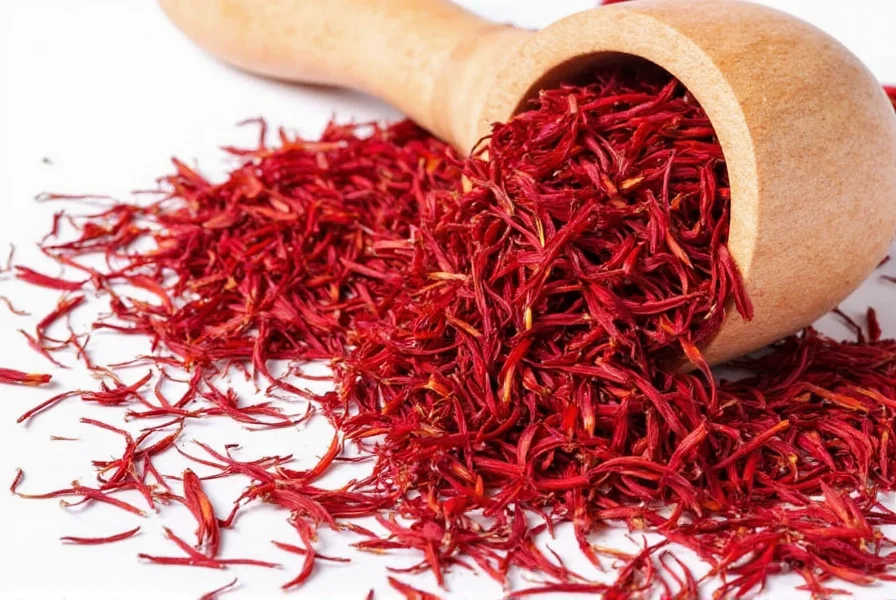
If you've ever glanced at saffron prices and done a double-take, you're not alone. A single gram can cost up to $10 or more. Why? Let's break down the labor and logistics behind each pinch of saffron:
- Labor-Intensive Harvest: Each stigma must be plucked by hand—imagine doing that across an entire field!
- Low Yield per Plant: One flower = one bloom = 3 stigmas. Multiply that by thousands to get usable amounts.
- Climate Specific: Only grows in certain regions like Iran, Spain, and India where weather conditions align perfectly.
- Post-Harvest Processing: Once picked, the stigmas need immediate drying to preserve potency—a meticulous process requiring skill and time.
In short: saffron isn't expensive because it wants to be fancy—it earns every penny.
| Feature | Real Saffron | Fake Saffron |
|---|---|---|
| Color | Ruby red to deep orange threads | Uniform bright red or orange |
| Smell | Ethereal, floral, slightly earthy | No scent or chemical-like |
| Texture | Dry, brittle, delicate | Waxy, rubbery |
| Water Test | Releases golden hue gradually | Colors water instantly, looks artificial |
Here are some top-rated saffron products and what makes them special:
- Persian Super Negin Threads
- Features: Whole stigmas, no yellow style attached
- Advantages: Purest form, maximum color and aroma
- Best For: paella, risotto, desserts
- Occasion: Special dinners, gifting
- La Mancha Spanish Saffron
- Features: Certified PDO Spanish saffron
- Advantages: Reliable quality, affordable luxury
- Best For: everyday cooking, sauces
- Occasion: weekday meals, casual entertaining
- Kashmiri Mongra Saffron
- Features: Hand-harvested in Kashmir, vibrant color
- Advantages: Great for visual impact in dishes
- Best For: biryanis, kheer, festive rice dishes
- Occasion: celebrations, family gatherings
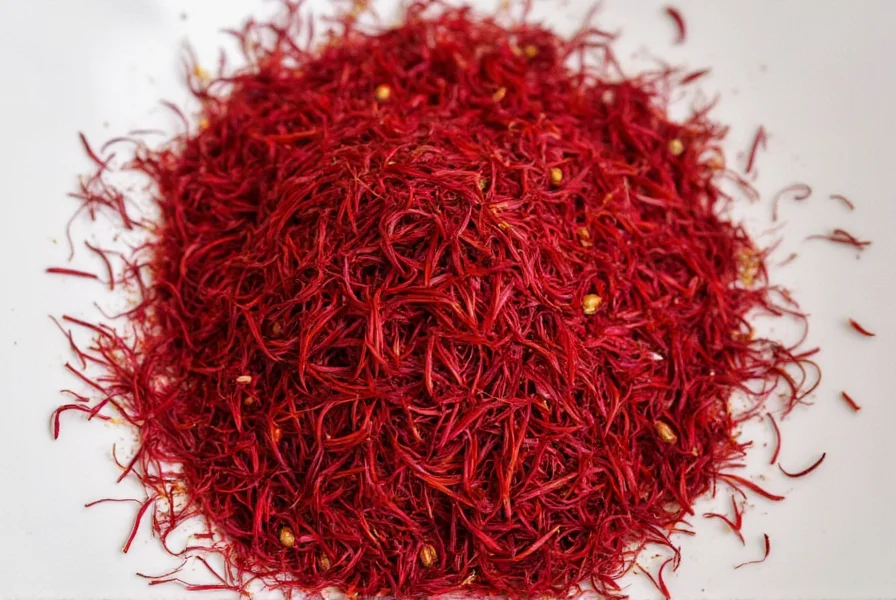
How to Store Saffron Like a Pro
Saffron may be pricey, but proper storage ensures it lasts years without losing potency. Here's how to keep your saffron in tip-top shape:
- Keep It Cool – Store in a dark, cool place like a pantry or spice drawer.
- Avoid Light Exposure – Use opaque containers or wrap glass jars in foil.
- Sealed Tight – Make sure the container is airtight to prevent moisture and oxidation.
- No Refrigeration Needed – Contrary to some beliefs, refrigeration can introduce humidity and damage threads.
Pro Tip: If you have large quantities, divide them into smaller sealed portions to avoid repeated opening and closing of the main stash.
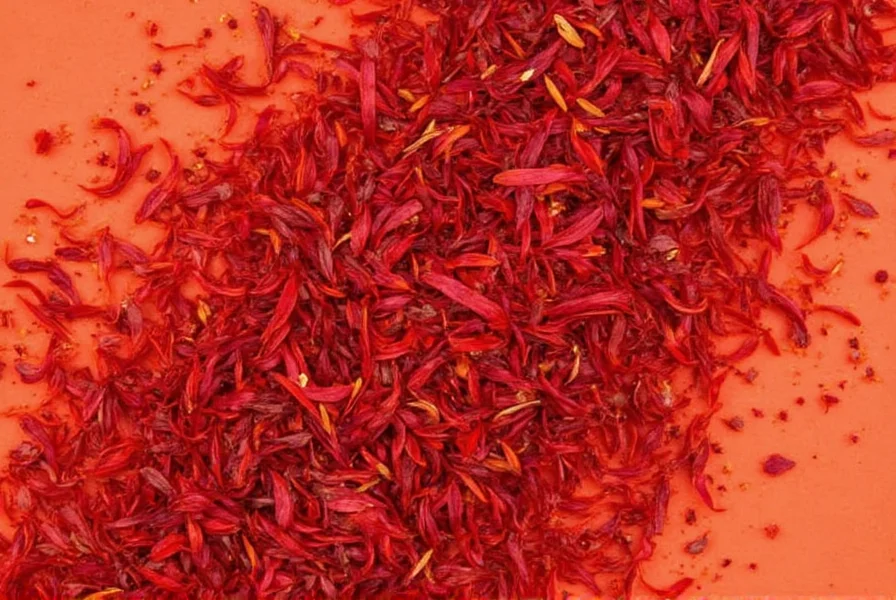
The Health Benefits of Saffron
Beyond its culinary charm, saffron has been used for centuries in traditional medicine. Modern science backs up many of these claims:
- Antioxidant Powerhouse – Contains crocin and safranal, which combat oxidative stress.
- Mood Booster – Studies suggest saffron may help alleviate mild depression and anxiety.
- Anti-Inflammatory – May support joint health and reduce inflammation markers.
- Heart Healthy – Some research shows saffron can lower cholesterol and improve blood circulation.
- Eye Health – Crocin may protect against retinal damage and age-related macular degeneration.
However, remember: while beneficial, the therapeutic effects come from concentrated doses—not the small pinches used in cooking.
Frequently Asked Questions About Saffron
What are the 5 secrets to unlocking premium cooking with saffron?
The 5 key secrets to mastering saffron in cooking are: (1) Proper infusion technique - always bloom saffron in warm liquid before use; (2) Precise measurement - a little goes a long way, typically 20 threads per 4 servings; (3) Temperature control - add saffron late in cooking to preserve its delicate compounds; (4) Strategic pairing - combine with citrus, cream, or specific spices to enhance its unique flavor profile; (5) Proper storage - keep in airtight, dark containers to maintain potency for years.
Why does professional saffron preparation require blooming the threads first?
Blooming saffron (soaking the threads in warm liquid) is crucial because it releases the spice's volatile compounds and color pigments much more effectively than adding dry threads directly to dishes. This professional technique extracts up to 300% more flavor and color, transforming your dishes from good to exceptional. The optimal blooming method involves soaking threads in 2-3 tablespoons of warm (not boiling) liquid for 15-30 minutes before adding to your recipe.
How can I make my saffron last longer without losing potency?
The secret to preserving saffron's potency is proper storage: keep it in an airtight container away from light, heat, and moisture. Many chefs divide larger quantities into small portions to minimize air exposure. Contrary to popular belief, refrigeration isn't recommended as the humidity can damage the delicate threads. When stored correctly, high-quality saffron can maintain 80-90% of its potency for 2-3 years. For premium results, always check the harvest date when purchasing.
What's the professional chef's trick for getting the most vibrant color from saffron?
Professional chefs use a two-step color extraction technique: First, gently toast the threads for 30-60 seconds to activate the crocin (color compound), then immediately transfer to warm liquid for blooming. This method can produce up to 40% more vibrant color than simply soaking raw threads. For the most intense color, use warm milk or cream rather than water, as the fat content helps extract and stabilize the color compounds.
Can I truly taste the difference between premium and lower-quality saffron?
Absolutely. Premium saffron (like Super Negin) has a complex flavor profile with floral, honey-like notes and subtle earthiness, while lower grades often taste one-dimensionally bitter or metallic. The difference is most noticeable in delicate dishes like saffron risotto or panna cotta where the spice is the star. A blind taste test between high-quality and lower-grade saffron in a simple saffron tea would reveal dramatically different experiences - the premium version offering nuanced complexity while cheaper versions often deliver harsh, unpleasant notes.
Can I substitute saffron with anything?
Turmeric or annatto offer similar color, but no substitute captures saffron's unique aroma. If you must substitute, do so for color only. For true premium cooking, there is no adequate replacement for genuine saffron - its distinctive flavor profile is irreplaceable in authentic recipes.
How much saffron should I use per serving for premium results?
For truly premium results, use about 25-30 threads (0.12-0.15g) per 4 servings. This is slightly more than the minimum needed, allowing the saffron's complex flavors to shine through without becoming overpowering. In professional kitchens, chefs often measure by weight rather than count for absolute precision, especially with expensive ingredients like saffron.
Is saffron safe during pregnancy?
Small culinary uses (up to 0.5g per day) are generally considered safe during pregnancy, but medicinal quantities (over 1g) are not recommended due to potential uterine stimulation. For premium cooking applications, typical recipe amounts (0.05-0.1g) pose no risk.
Can I grow saffron at home for premium quality?
You can grow saffron at home if you live in a temperate climate with dry summers and cold winters, but achieving truly premium quality requires specific conditions. Home-grown saffron often lacks the consistent quality of commercial production due to challenges in precise harvesting timing and proper drying techniques. For professional-grade results, most home chefs find it more practical to source high-quality saffron rather than attempting cultivation.
What's the most common mistake home cooks make with saffron?
The most common mistake is adding saffron directly to dishes without proper blooming. This wastes up to 70% of the spice's potential flavor and color. Professional chefs always take time to properly infuse saffron in warm liquid first. Another common error is using excessive heat, which destroys saffron's delicate volatile compounds - the optimal temperature for blooming is 160-180°F (70-80°C), well below boiling.
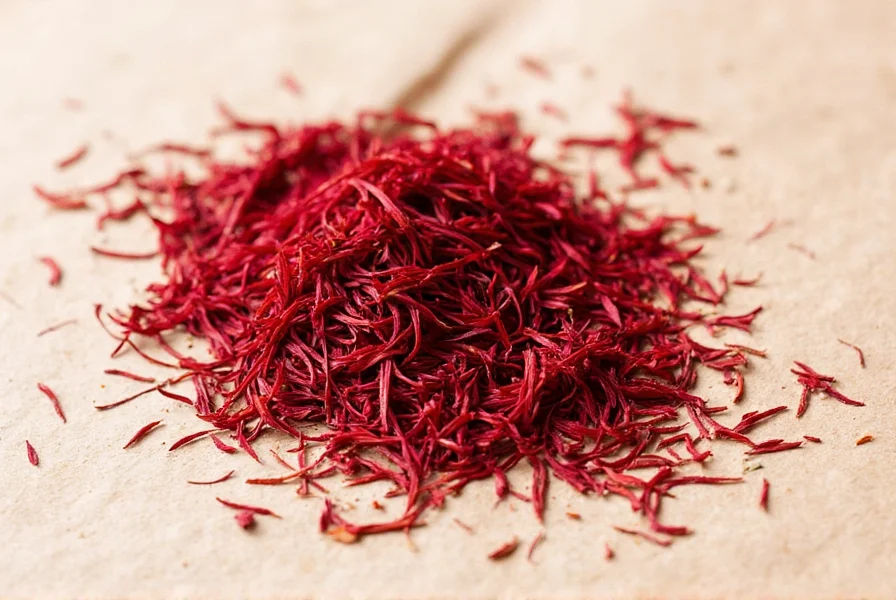
Final Thoughts on Using Saffron
Saffron is more than just a spice—it's an experience. Whether you're crafting a luxurious paella, infusing a dessert, or simply experimenting with global flavors, saffron brings depth, elegance, and a dash of history to every dish. While it demands care in selection and use, the results are always worth it.
So go ahead—unlock the magic of saffron in your kitchen. After all, why shouldn't your food shimmer a little?

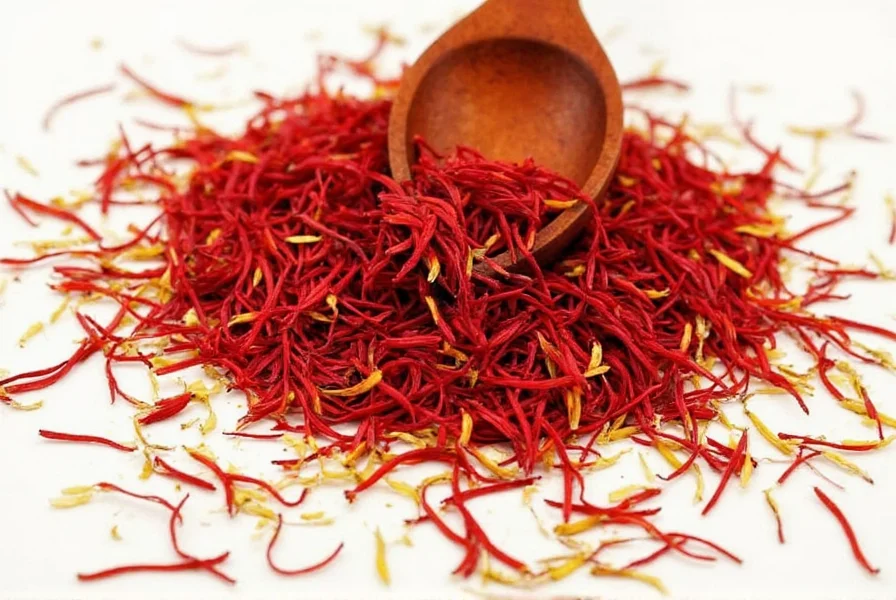









 浙公网安备
33010002000092号
浙公网安备
33010002000092号 浙B2-20120091-4
浙B2-20120091-4